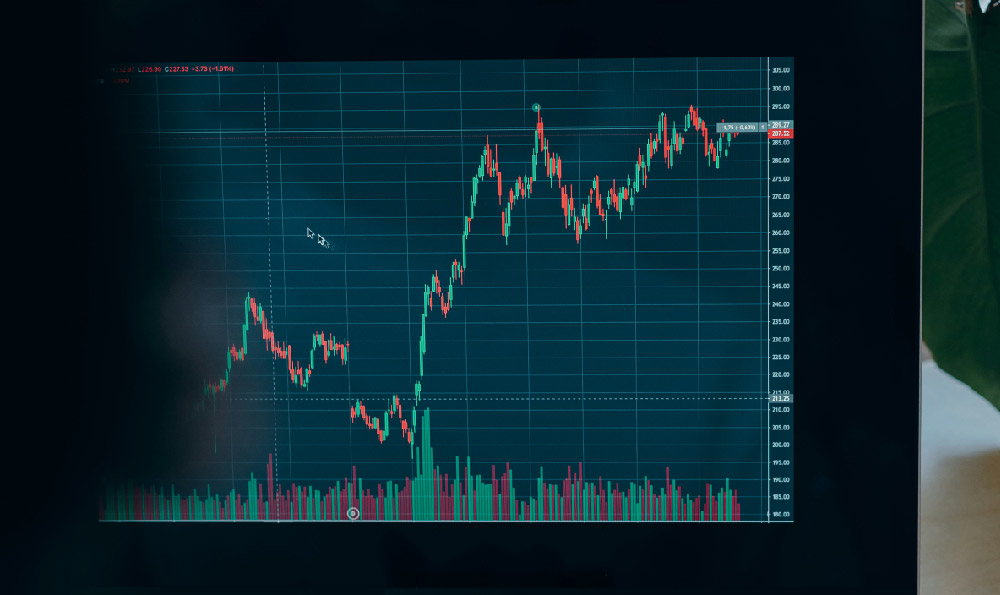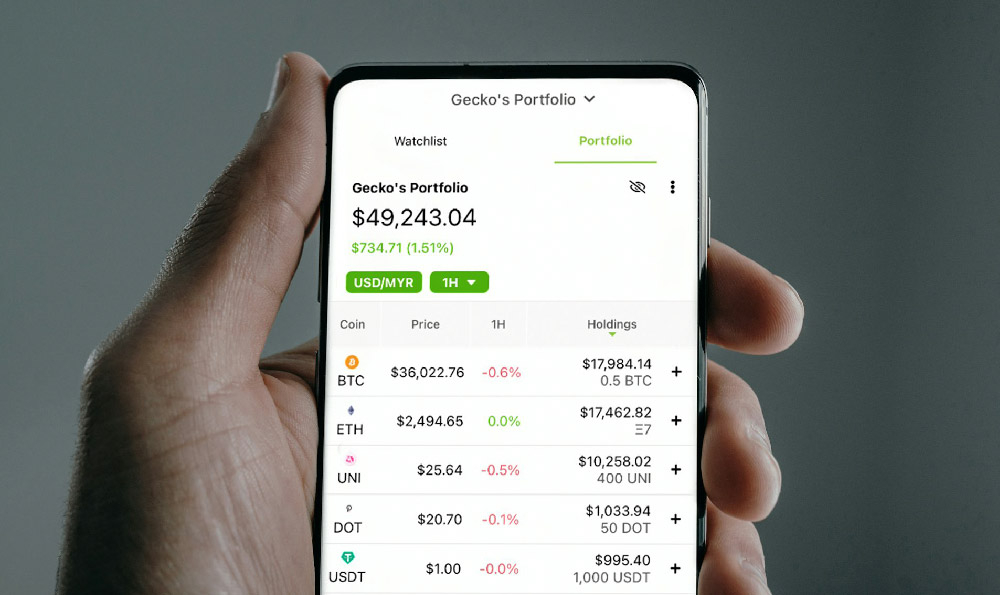How Much to Invest in Stocks? What's the Minimum Amount?
Okay, here's an article addressing the question of how much to invest in stocks, covering various perspectives and considerations.
Navigating the Stock Market: Determining Your Investment Entry Point
The allure of the stock market is undeniable. Visions of impressive returns and financial freedom dance in the minds of many. However, taking the plunge and deciding how much of your hard-earned money to allocate to stocks can be a daunting prospect. A crucial question always arises: Is there a minimum entry fee to participate in the growth potential of the market?

The encouraging answer is no, there isn't a universal, fixed minimum. The barrier to entry has significantly lowered in recent years thanks to fractional shares and commission-free trading platforms. This democratization of investing means you don't need thousands of dollars to begin building a stock portfolio. The real determining factor isn’t a pre-set minimum, but rather a personalized calculation rooted in your financial circumstances, risk tolerance, and investment goals.
To figure out your ideal stock investment amount, several aspects demand your careful attention. Let's start with the fundamentals:
Financial Stability: The Foundation of Stock Investing
Before even considering individual stocks or broad market ETFs, assess your overall financial health. This means honestly evaluating your current situation. Do you have high-interest debt like credit card balances? Are you carrying student loan obligations? Do you have a readily accessible emergency fund that can cover 3-6 months of living expenses?
Paying down high-interest debt should be prioritized before stock investing. The returns you might earn in the stock market will likely be lower than the interest you are paying on your debt, effectively negating any potential gains. An emergency fund is equally vital. Unexpected expenses are inevitable, and if you're forced to liquidate stock investments to cover these emergencies, you might be selling at a loss, derailing your long-term investment strategy.
Once these crucial foundations are in place, you can confidently begin allocating funds to the stock market.
Understanding Your Risk Tolerance
Risk tolerance is a psychological factor that heavily influences your investment decisions. How comfortable are you with the possibility of losing money? The stock market is inherently volatile; its value fluctuates daily. Some years it delivers stellar returns, while others it can experience significant downturns.
If you're easily stressed by market fluctuations and prone to making emotional decisions, a conservative approach might be more suitable. This would involve allocating a smaller percentage of your portfolio to stocks and diversifying into lower-risk assets like bonds. Conversely, if you have a higher risk tolerance and a longer investment time horizon (e.g., several decades until retirement), you might feel comfortable allocating a larger portion to stocks, understanding that you have time to ride out market volatility.
Defining Your Investment Goals and Time Horizon
Clearly define what you hope to achieve through stock investing. Are you saving for retirement, a down payment on a house, your children's education, or simply wealth accumulation? Your goals and the time frame you have to achieve them will dictate your investment strategy and the amount you should allocate to stocks.
For long-term goals like retirement, a higher allocation to stocks is generally recommended. This is because stocks have historically outperformed other asset classes over the long run, providing the potential for greater growth. However, this comes with increased volatility in the short to medium term.
For shorter-term goals, a more conservative approach is warranted. Consider a lower stock allocation and focus on preserving capital.
The Power of Dollar-Cost Averaging
Dollar-cost averaging is a strategy that involves investing a fixed amount of money at regular intervals, regardless of the market price. This approach helps mitigate the risk of investing a lump sum at the peak of the market and can smooth out the ups and downs of the investment journey.
For example, instead of investing $6,000 in a single go, you could invest $500 per month for 12 months. When stock prices are high, you'll buy fewer shares, and when prices are low, you'll buy more. Over time, this can lead to a lower average cost per share.
Dollar-cost averaging is particularly beneficial for beginners as it eliminates the pressure of timing the market and allows you to gradually build your portfolio while learning about the intricacies of stock investing.
Starting Small and Scaling Up
Given the accessibility of fractional shares, you can literally start investing with just a few dollars. Many online brokers allow you to purchase fractions of shares, enabling you to invest in companies like Amazon or Google without needing to spend thousands of dollars per share.
This allows you to "dip your toes in the water" without risking a substantial amount of capital. As you become more comfortable with the market, gain more knowledge, and increase your financial stability, you can gradually increase the amount you allocate to stocks.
Diversification: Spreading Your Risk
Regardless of the amount you invest, diversification is crucial. Don't put all your eggs in one basket. Spread your investments across different sectors, industries, and geographic regions.
Exchange-Traded Funds (ETFs) are a great way to achieve instant diversification. ETFs are baskets of stocks that track a specific index, sector, or investment strategy. By investing in an ETF, you gain exposure to a wide range of companies with a single purchase.
Regularly Reviewing and Rebalancing
Investing in the stock market is not a set-it-and-forget-it activity. It requires ongoing monitoring and adjustments. Regularly review your portfolio to ensure it still aligns with your investment goals and risk tolerance.
Rebalancing involves adjusting your portfolio back to its original asset allocation. For example, if your initial allocation was 70% stocks and 30% bonds, and your stock allocation has grown to 80% due to market gains, you would sell some of your stocks and buy more bonds to bring your portfolio back to its target allocation.
Rebalancing helps you maintain your desired risk level and can potentially enhance your returns over the long term.
In conclusion, there's no magic number for the minimum amount to invest in stocks. The right amount depends on your individual circumstances, financial stability, risk tolerance, investment goals, and time horizon. Start small, diversify your investments, and gradually increase your allocation as you become more comfortable and knowledgeable. Remember, investing is a marathon, not a sprint. Consistent, disciplined investing over the long term is the key to building wealth and achieving your financial goals. Don't be intimidated by the perceived complexity of the stock market. With a little research, planning, and patience, you can successfully navigate the market and reap the rewards of long-term investing.














